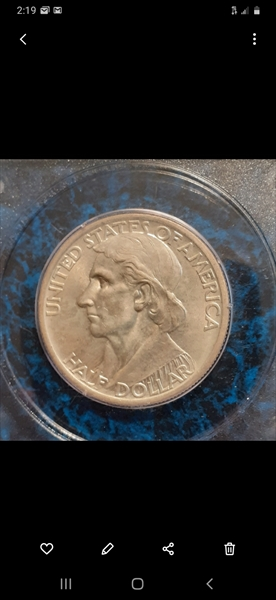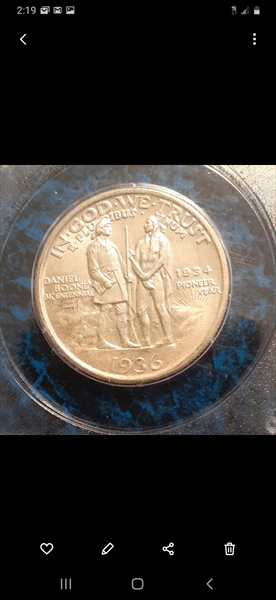Am I interpreting the toning right on these coins
 mtn_scout
Posts: 103 ✭✭✭
mtn_scout
Posts: 103 ✭✭✭
Newer collector and I'm still trying to figure out what natural tone vs re-toned coins looks like. Twice in the past two days I've run into sets of coins where almost all the coins have the same tone coloring. Is that a red flag?
This is an example of the first set that I ran across yesterday. I think it was re-toned at an accelerated rate to cover damage. Am I interpreting it wrong? The interesting thing about this set of coins was while a lot of them looked the same some had straight grades and others had detailed grades which is why I concluded what I did.
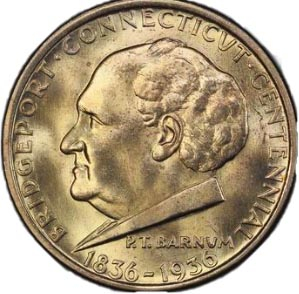
This is an example of the second batch. Does this look like a coin that was dipped and is now retoning? Is this the kind of tone that a coin takes when it wasn't rinsed after the dip?
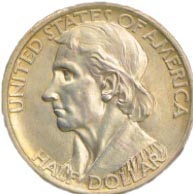
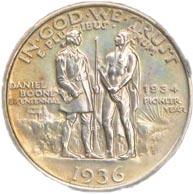
Thanks for the help!
Comments
The toning for the commems is a function of the cardboard holders they were sold in. They will tend to have very similar toning. I don't see a problem with the Boone.
All comments reflect the opinion of the author, even when irrefutably accurate.
Besides artificial toning with Classic Commemoratives, what you really need to avoid is PVC and overgraded coins. CAC kicks out a lot of coins that have PVC or overgraded that have been straight graded.
CAC approves and stickers lots of PVC-damaged coins as well. Here's a good example. I'm amazed this coin even straight-graded.
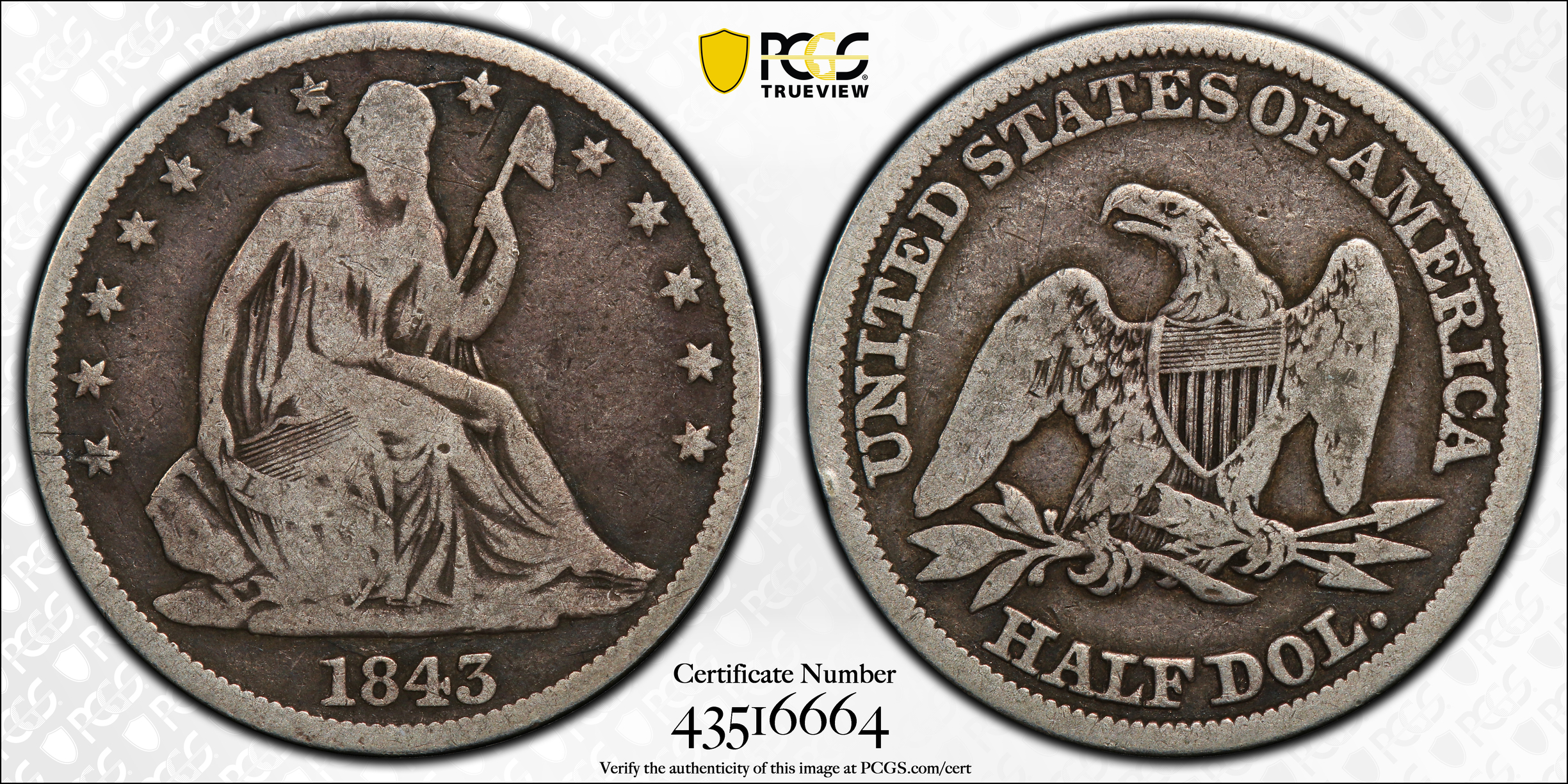
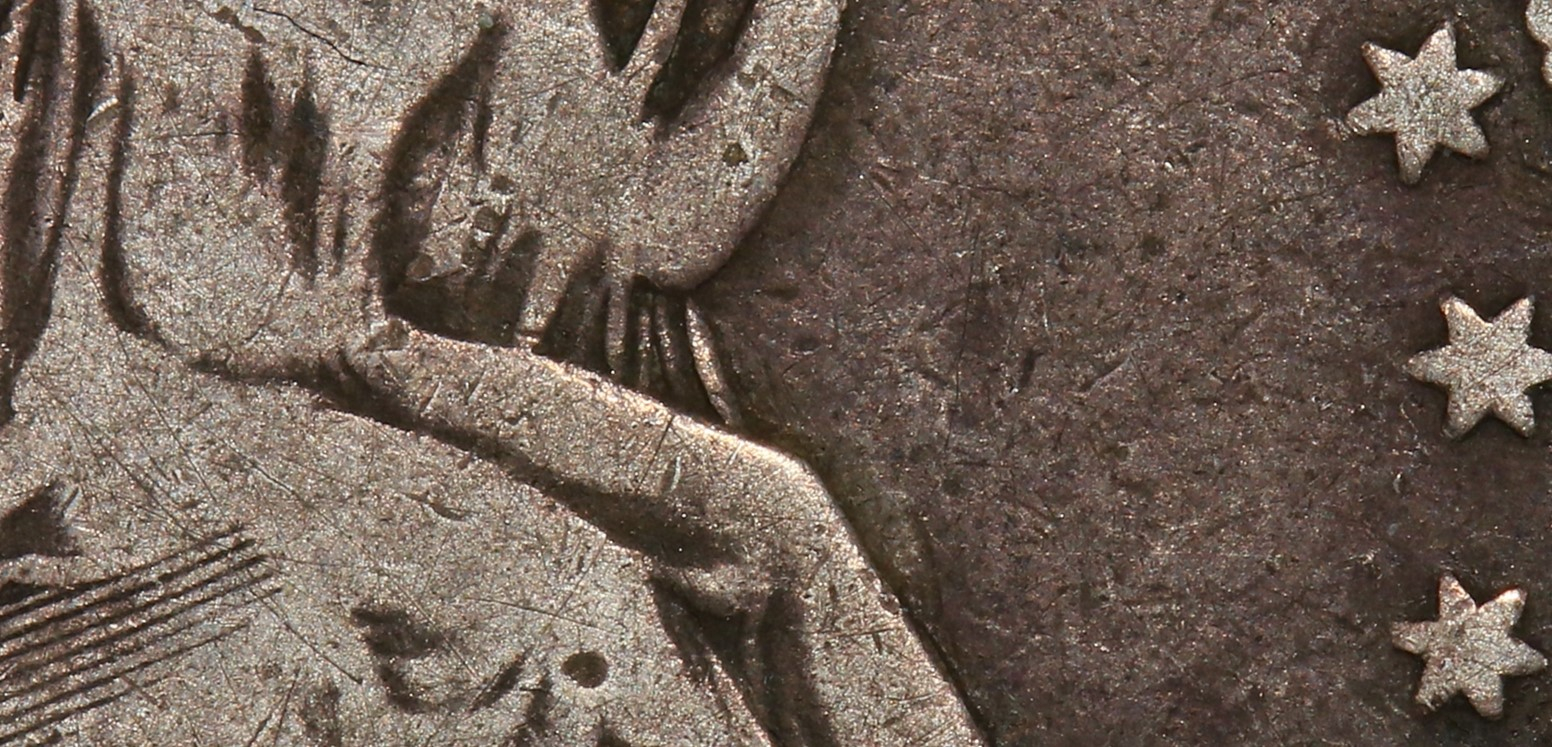
Did you remove PVC from that coin? I don't see any specific evidence of PVC and the surface can get that way from normal use in commerce.
All comments reflect the opinion of the author, even when irrefutably accurate.
Tarnish is environmental damage - no matter what the process. That being said, collectors and TPG's have, in general, decided that tarnish induced by methods determined to be other than 'natural', is unacceptable. Of course, that cannot always be determined, and there are slabbed coins, created by skillful individuals, that reside in slabs. I find this focus on tarnish to be humorous. The premiums some coins reap, for this issue, amazes me. Collect what you like and have fun.... Cheers, RickO
Disclaimer: I'm not a dealer, trader, grader, investor or professional numismatist. I'm just a hobbyist. (To protect me but mostly you! 🤣 )
Toning, tarnish, patina, re-toned, re-colored, AT, natural, PVC, etc.... Whether natural, environmental or skillfully created, it's DAMAGE!! The TPG'ers make $$$ by straight grading these things. Whether it's organized crime, the gov't or industry... follow the money!
Disclaimer: I'm not a dealer, trader, grader, investor or professional numismatist. I'm just a hobbyist. (To protect me but mostly you! 🤣 )
Disclaimer: I'm not a dealer, trader, grader, investor or professional numismatist. I'm just a hobbyist. (To protect me but mostly you! 🤣 )
Not this particular coin, but I have with many others that show a similar corrosion pattern, often with cupric salts and black crud in the folds and tight places. This coin clearly has been in a corrosive environment.
Thanks for the insight. The Boone looks to be an exceptionally good strike but if it had not been rinsed or something I didn't want to buy a problem coin. When someone is selling 12 different comms. that all have the same look I start to think it wasn't the cardboard holder it was sold in but possibly how the collection was stored or cleaned.
The images are too small, but my guess on each is that they are original and problem-free coins. Many (most) classic commems were sold, or at least offered, in high sulfur cardboard holders or displays and many of these coins took on various shades of auburn, brown and gold over the years from these holders as well as displaying spots or speckles. That doesn't mean that all commems that have these colors are original, but it just means that it shouldn't be that unusual to find classic commems with that type of toning.
Again, the images are too small, but I don't see anything screaming to me about dip residue or AT.
In honor of the memory of Cpl. Michael E. Thompson
The Boone looks great. Many Boones have almost a satin finish to them. I have an MS65 rattler that looks that way.
